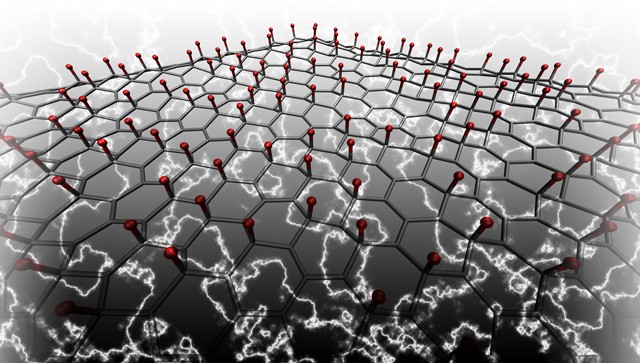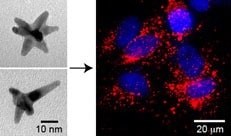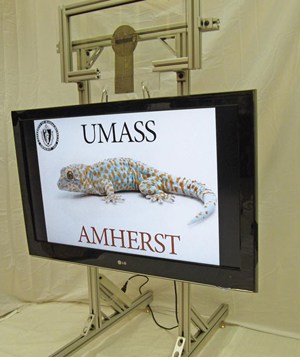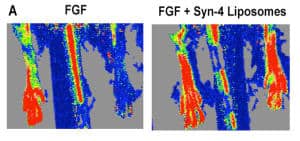Doping carbon nanotubes with boron while they are being formed produces a novel molecular architecture formed by boron induced kinks and linkages. These nanosponges can be used repeatedly to absorb and retrieve or burn spilled oil.
Nanosponges to recover spilled oil (includes video)








